|
I stopped in a local deli on the way back from one of my forest adventures and bought a bottled soda. The brand was called Maine Root. Since I had never tasted it before, and my grandfather had recently spoken highly of the flavor, I bought a Sarsaparilla. I would describe it by calling it watered-down cream soda, only better. It has a light, sweet flavor. It was okay. The company makes several other flavors too, which I eventually bought on a return trip. The Blueberry is very good, as is the Mandarin Orange. They captured both flavors perfectly. You’d think you had bitten into ripe fruit. The Ginger Brew is quite strong, just the way I like it. Awesome! The Root Beer and Mexicane Cola were also good. Every one of these flavors were worth the three dollars a bottle I paid at the deli.
Perusing the company website, I see they also have Lemon Lime and Pumpkin Pie soda as well as a line of lemonades. Their product is made of from fair trade, organic, cane sugar and never with corn syrup, not that I’ve ever cared much about such things before, but I just might have to care given how good their sodas are.
0 Comments
Goddard Park is disintegrating! Every rain erodes it away further as chunks of it fall into the ocean. By the end of the century, it will quite possibly have disappeared completely. Hurry and visit while you can! How fitting that even my memory of my visit is fading since I took so long to write down my account. I visited Goddard Memorial State Park in Rhode Island sometime in August 2018. It is a large place with winding driveways through expansive grassy fields lined with picnic tables. There are restrooms and a golf course. The interior is wooded, with trails sometimes frequented by horses. The western edge is a sandy beach touching a marine cove. I parked near the beach and set out on foot to explore the northern tip of the peninsula. There were dozens of fallen trees where the highlands met the beach. Many still had their leaves on. The edge did not look sturdy. Gullies and exposed roots were everywhere. Side trails from the main trail simply ended abruptly at the edge of cliffs and overhangs. I finally reached the seashore where there was a short jetty leading to a large boulder in the sea. I rested in the sun surrounded by waves a while before taking a picture of the way I had come. Around in this area were additional signs of erosion. Rocks broke into flakes held together by organic matter. Strange pits speckled otherwise smooth stone. I also saw this cool rock and shell: There were also hordes of small animals here that allowed me to videotape them. I love animals! I have recently been having problems with my videos such that after taking them they will inexplicably rotate to vertical. I have since bought an app to fix this and I will let you know how it works in the future. I then headed south along the beach where I saw another animal that I thought was only something I had made up out of my imagination myself when I was a kid – the mysterious sea bread: I returned to my car for lunch, then took the trails to the south. There were very many branches to the path. Then I discovered this map on a tree! Well, that would have been helpful if it was placed near the entrance! This part of the park is used by horses and there is the occasional pile of horse dung. There wasn’t much else to see. I vaguely remember a piece of metal stuck in a tree, but that’s it. I soon became tired and returned north by way of the beach. This is when I discovered that animals far scarier than horses also frequent the park. What kind of animal poops rocks? I went home in a hurry. Shrooms And Blooms Just as all over Rhode Island that August, there were mushrooms and other fungi. Most were the same as those photographed elsewhere and I was too lazy to bother this time. There were also a few flowers. Here are the photographs I bothered to take:
I love flowers!!! All these plants were photographed around Rhode Island in August or September of 2018.
“I and the father are one.” – John 10:30
There are religions that stress the importance of striving to do great things for God, trying to earn his favor and following the rules in order not to anger him. It puts all the credit (or blame) on the individual. This worldview leads to despair when we cannot measure up and haughty pride when we do. Then there are religions that stress the importance of “letting go and letting God” take care of things, remaining humble, and continually trusting the almighty to protect and provide. This worldview leads to laziness and ignoring the call to do good deeds, to take risks to be part of God’s work, and to bear spiritual fruit in order to display God’s glory. It allows God to perform showy miracles, but prevents him from showing the most important (and in some ways the most spectacular) miracle of changing the human heart. What both of these worldviews have in common is the assumption that God and the believer are distinct individuals. When you understand what it means for God to live through us and in us, you understand that we will never be forsaken, but that results still require action. Points to ponder: “I myself no longer live, but Christ lives in me…” – Galatians 2:20 “…I assure you, when you did it to one of the least of these my brothers and sisters, you were doing it to me!” – Matthew 25:40 It often happens on my adventures that I see a plant I would like to know more about, but I don’t know what to call it. It is times like these that I take a photograph and text it to my mother. She knows a lot, but sometimes she doesn’t know the name either. This is why I recently bought the Plant Snap app for the iphone. Once open, I can select a photograph from my gallery, center and crop it, and ask for identification. The AI on the servers will do its best to match my photo with another photo it has in its database. It is often right. The photos it pulled up to match the white flower was a spitting image of the one I took. Apparently, it is called a pricklyburr. Even though the app authors recommend identifying flowers by taking a photograph of a single flower straight on so as not to confuse the AI, it still does a pretty good job when this is impossible. The yellow flowers it identified as common tansy. The photograph it matched mine to was virtually identical. While plant snap works amazing wonders even under less-than-ideal conditions, sometimes it just does dumb things. I don’t know if it is because of a bug in the software or because not all plants are in the database yet or because it simply needs more feedback to refine its algorithms (I believe there is a way to give feedback for registered users, but I have not registered yet), or whether some humans have simply been giving incorrect or inconsistent feedback, but some matches are just clearly wrong. The purple flower it recognized not as an orchid, but as a hibiscus. Except for color, the picture was not even close.
Note: In going back to the app to double-check the names in preparation to write this review, some things had changed. The white flower was identified as a leafy skyrocket, which is about as different as it can get and still be a plant, though other possibilities were listed below, including the pricklyburr. For the purple flower, among the below-listed possibilities were two types of orchids, which were very similar, though not identical, so there is still hope. The bottom line is that Plant Snap cannot be relied on for life-and-death decisions, but it is more accurate than my mother and easier to use than online identification guides or Google image searches. I expect to use it a lot this coming spring. The twenty-first century is getting off to an amazing start. |
AuthorMy name is Dan. I am an author, artist, explorer, and contemplator of subjects large and small. Archives
February 2023
Categories
All
|
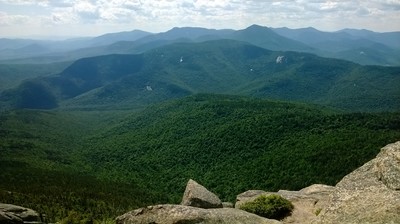
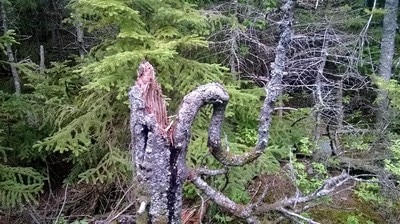
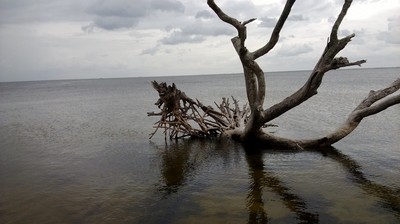
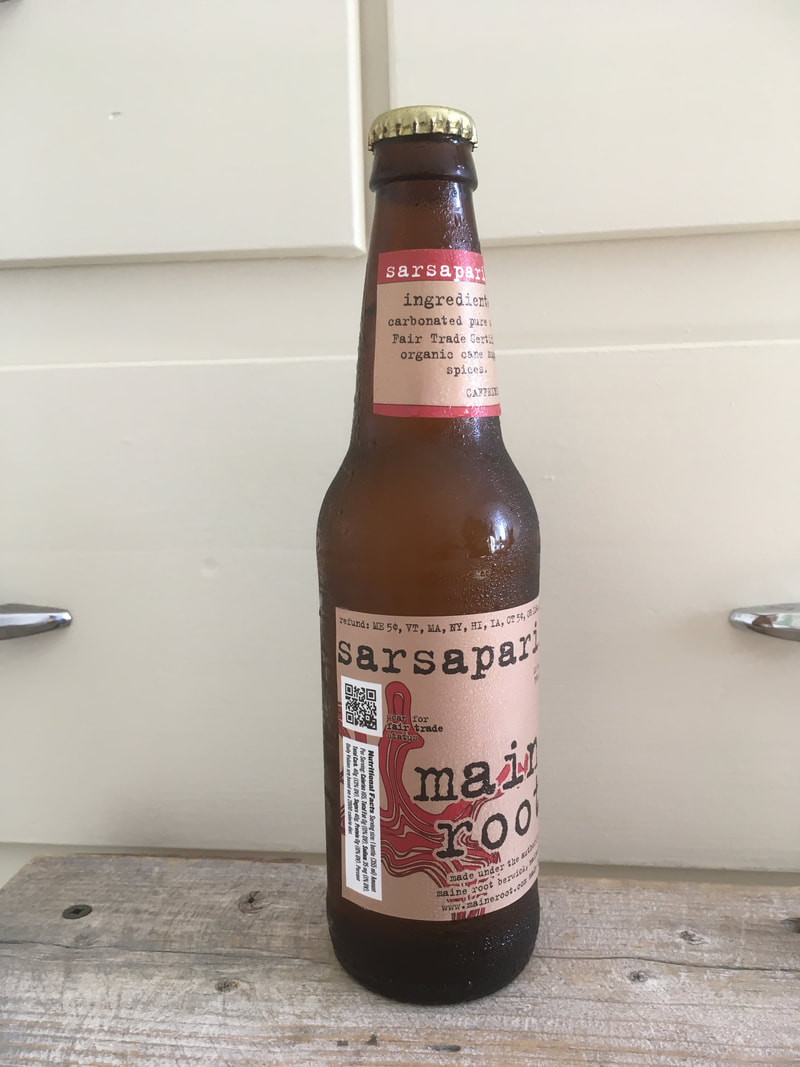





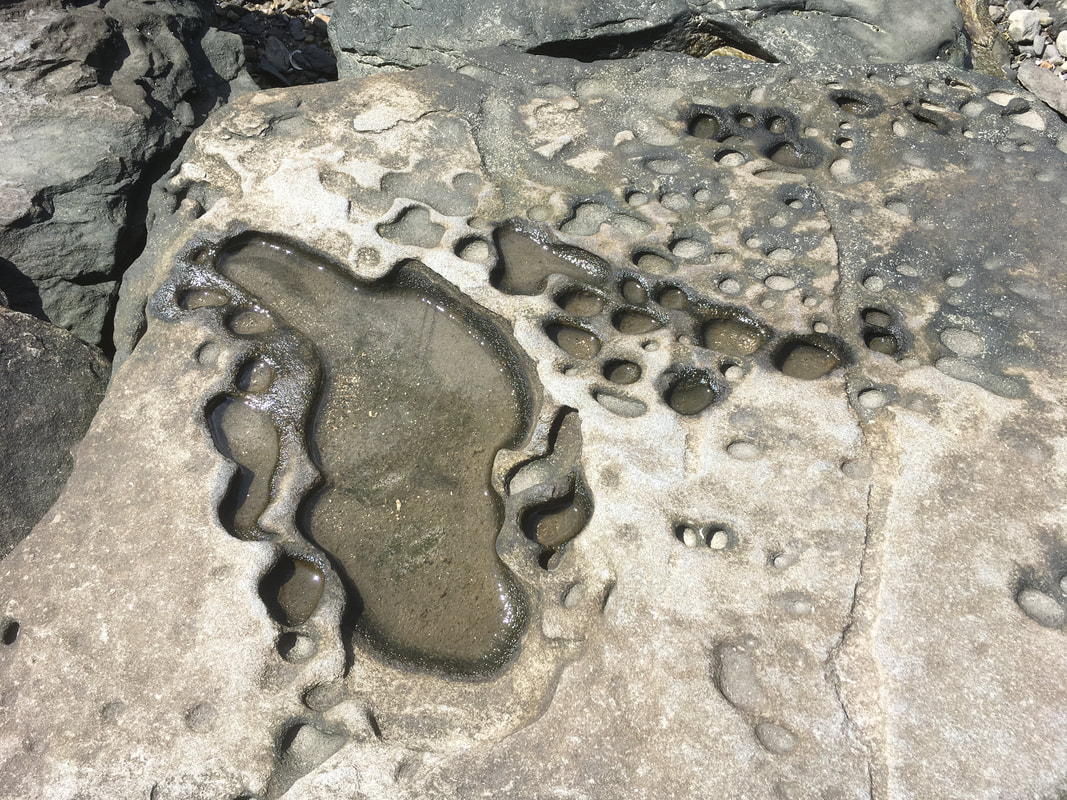


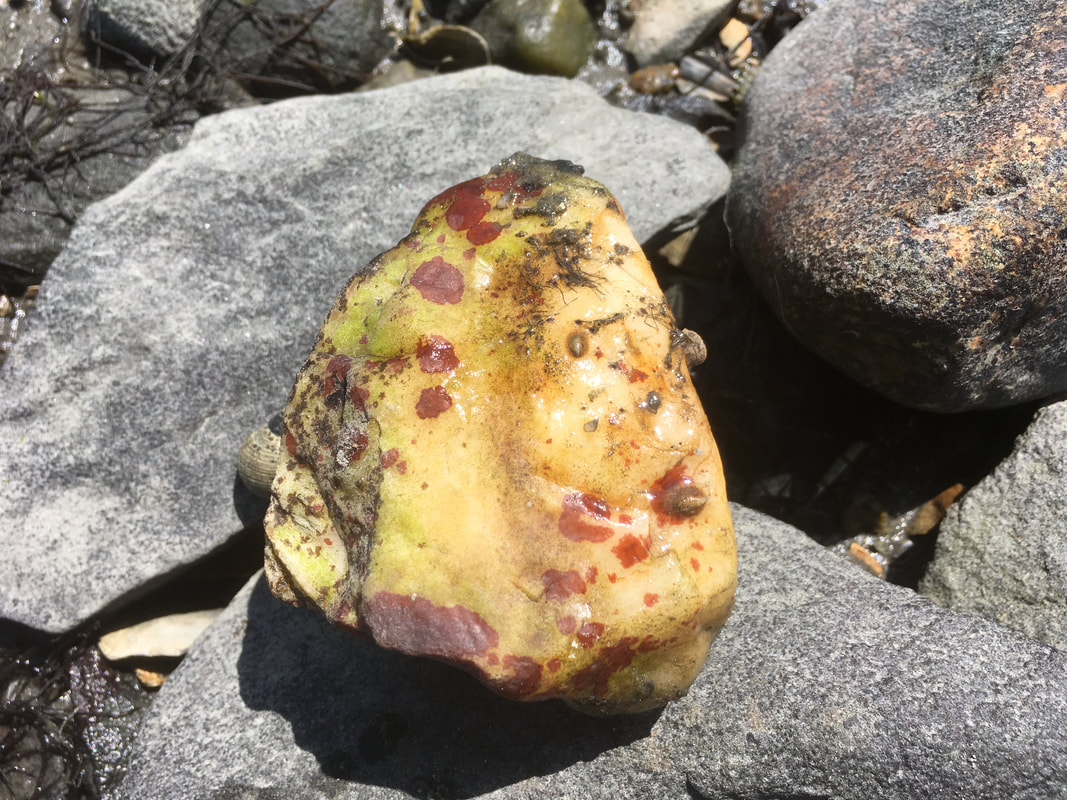
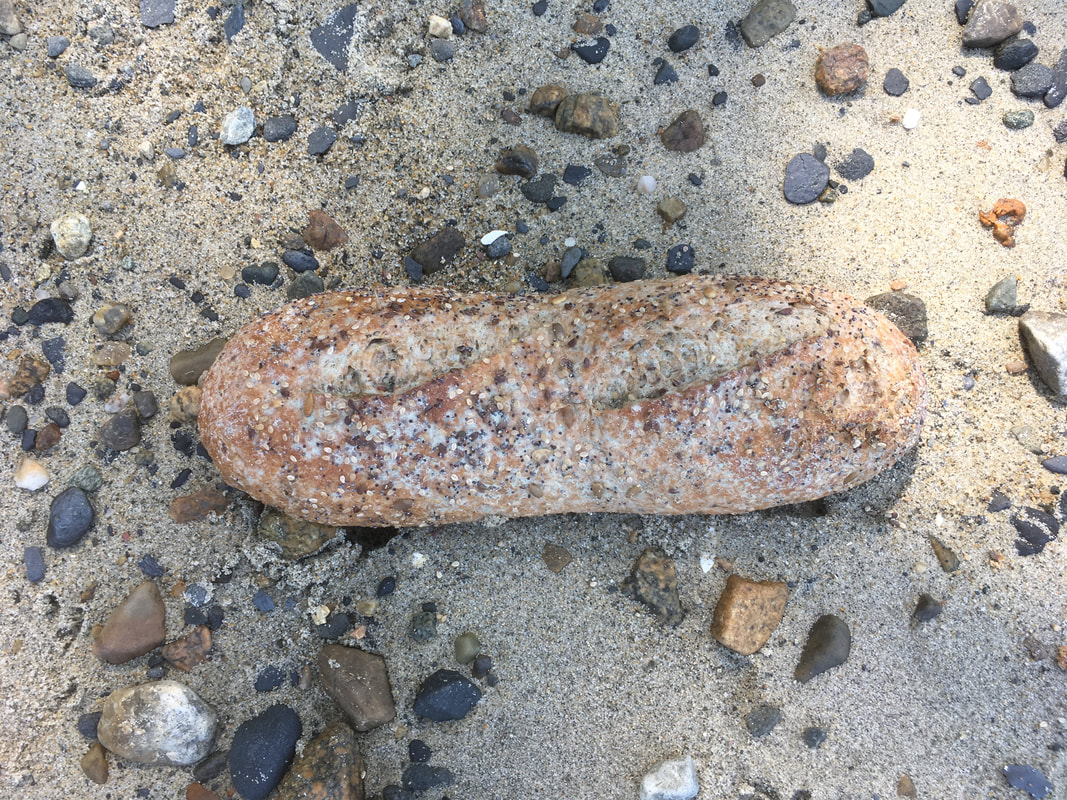



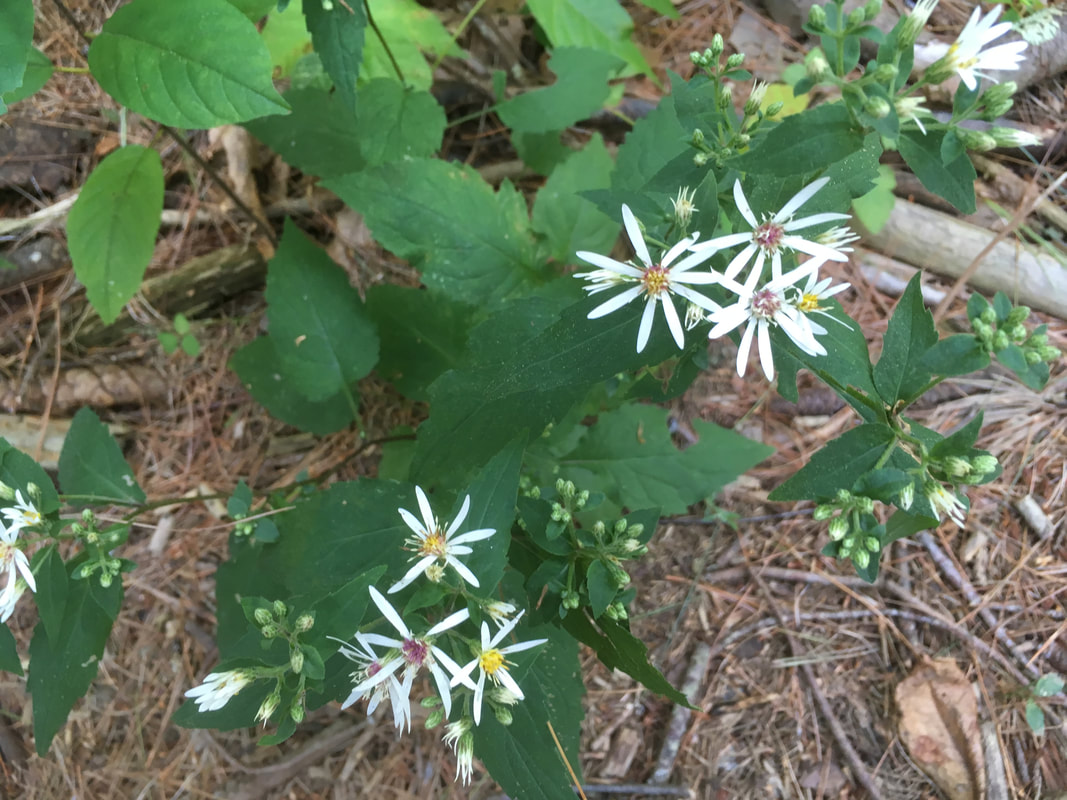
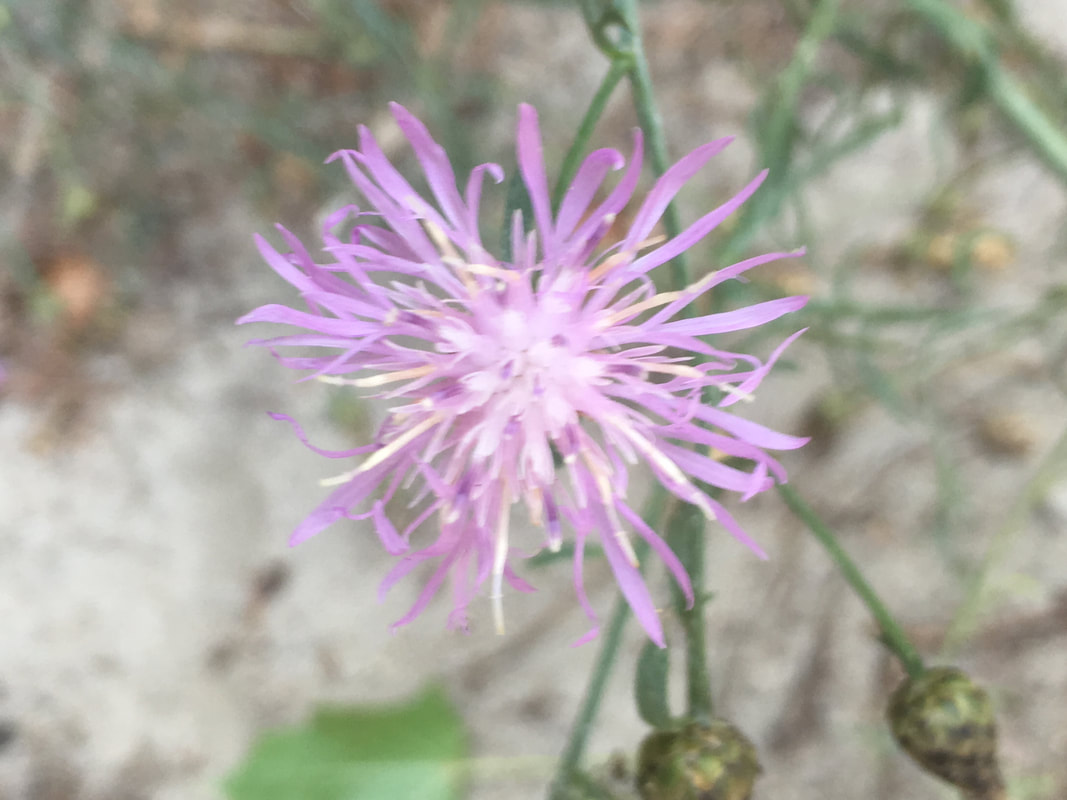
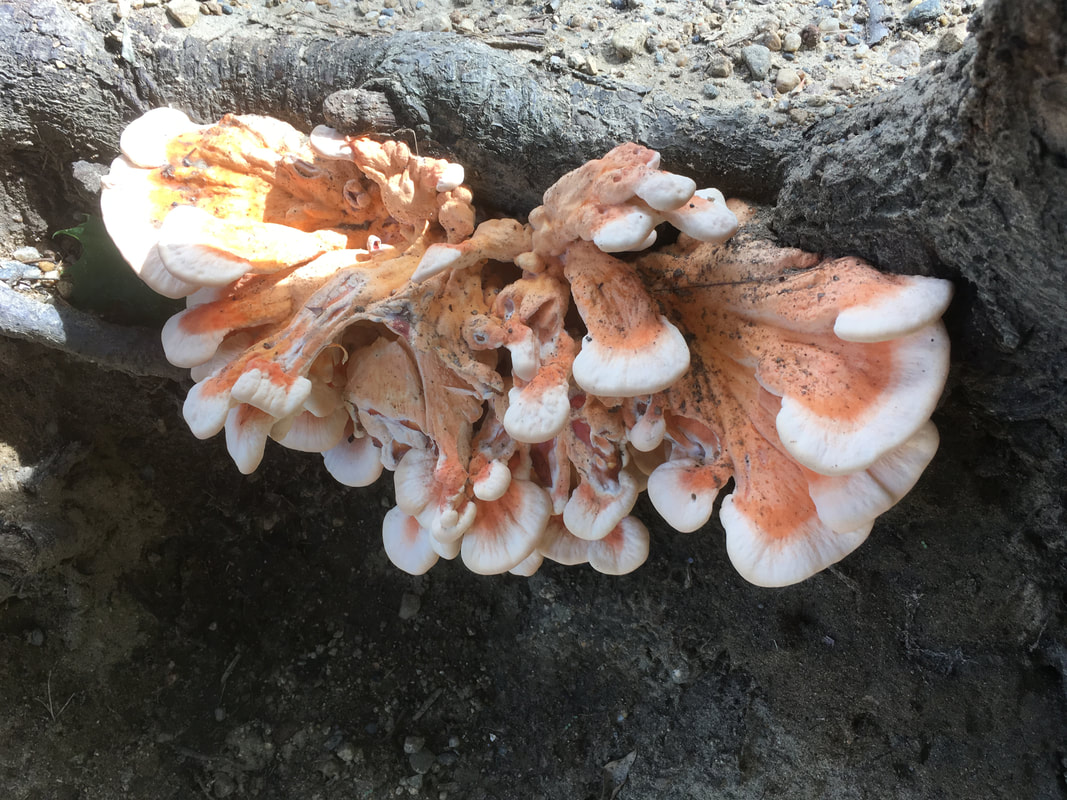









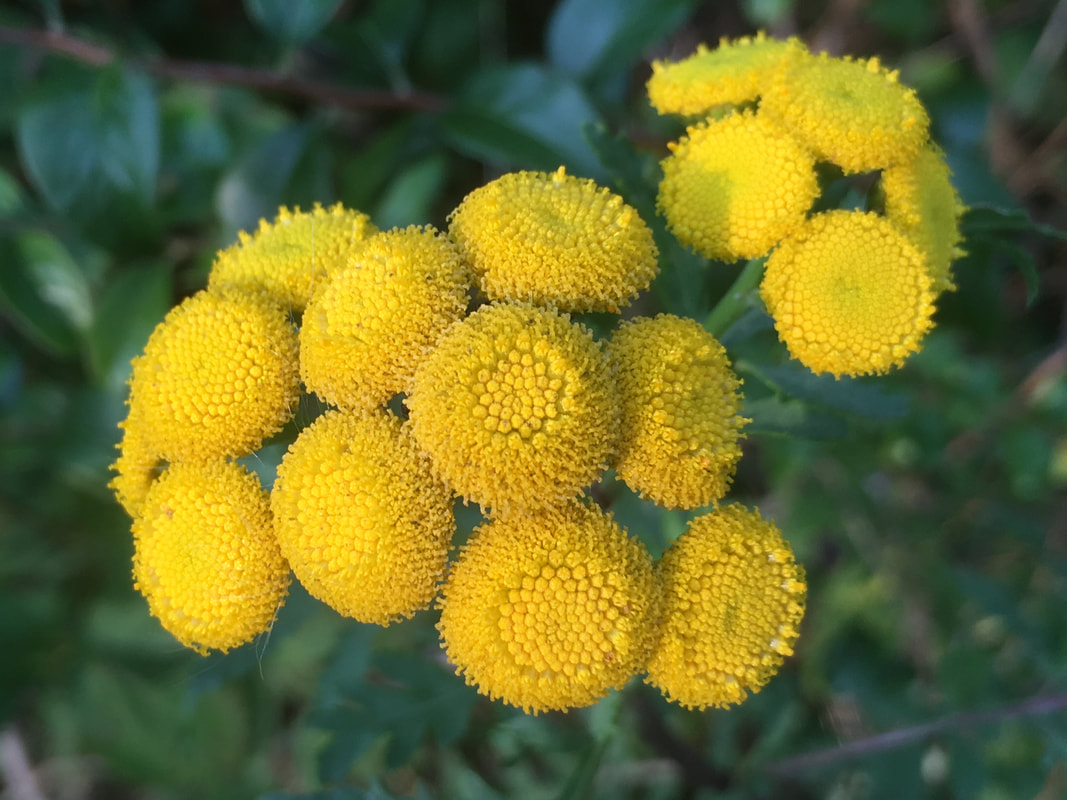
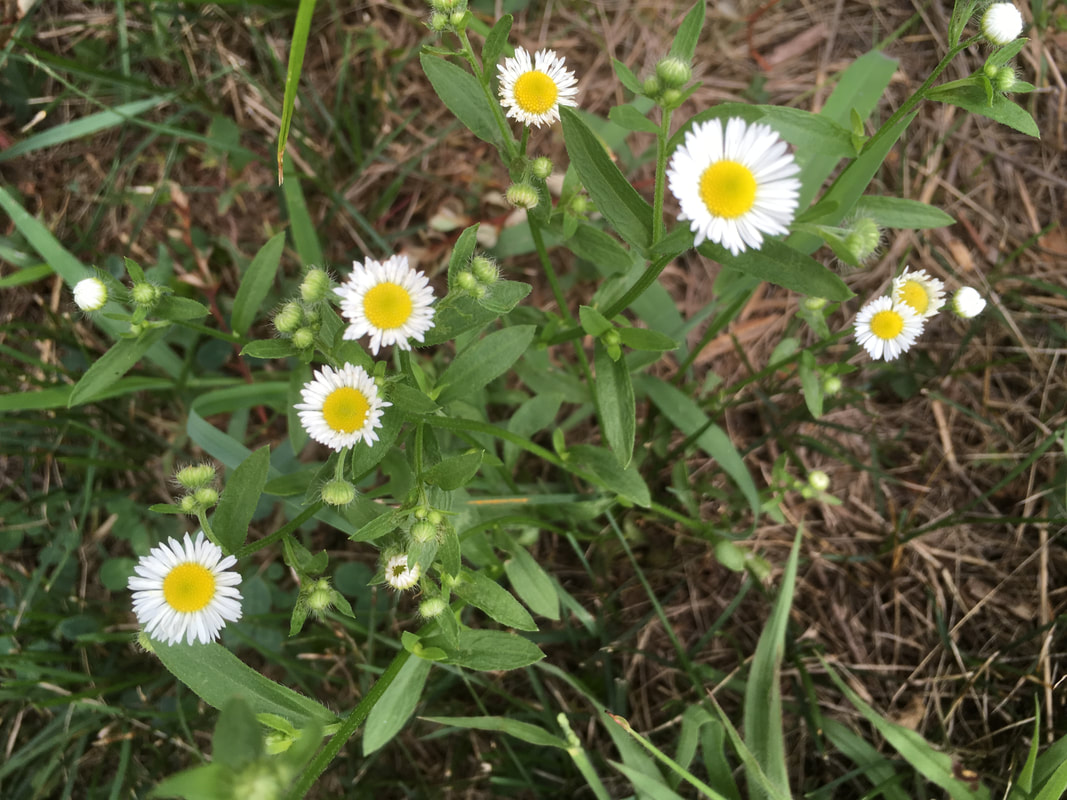
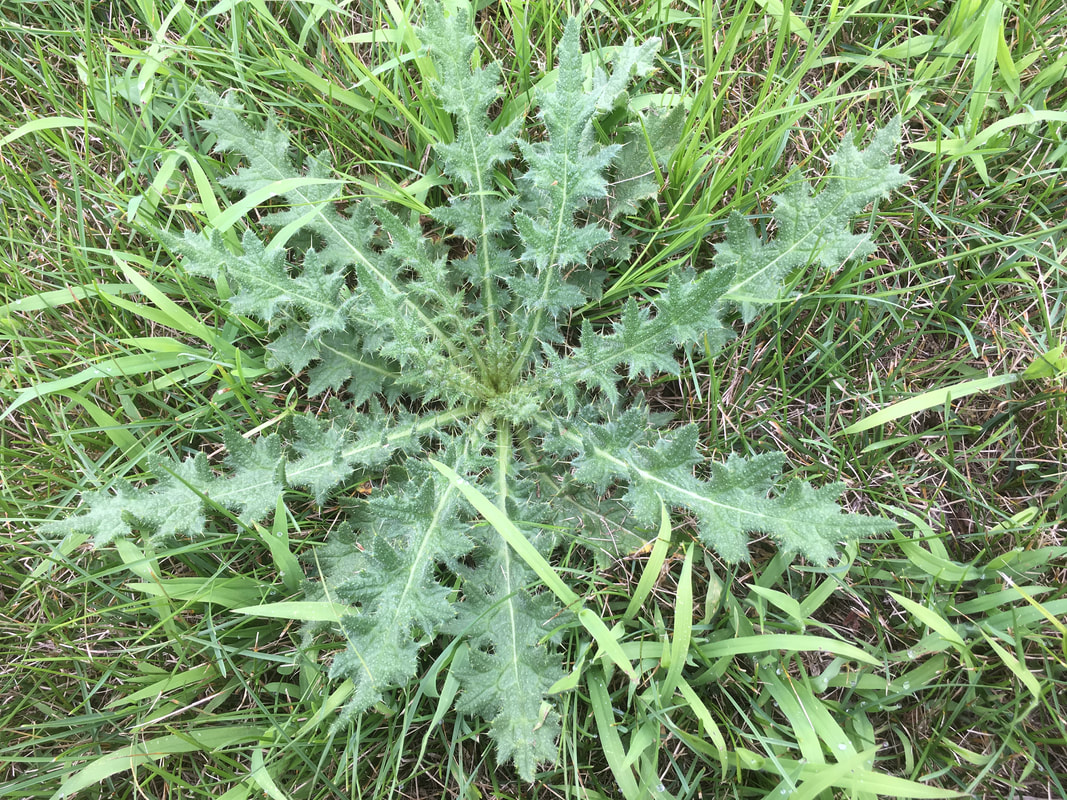

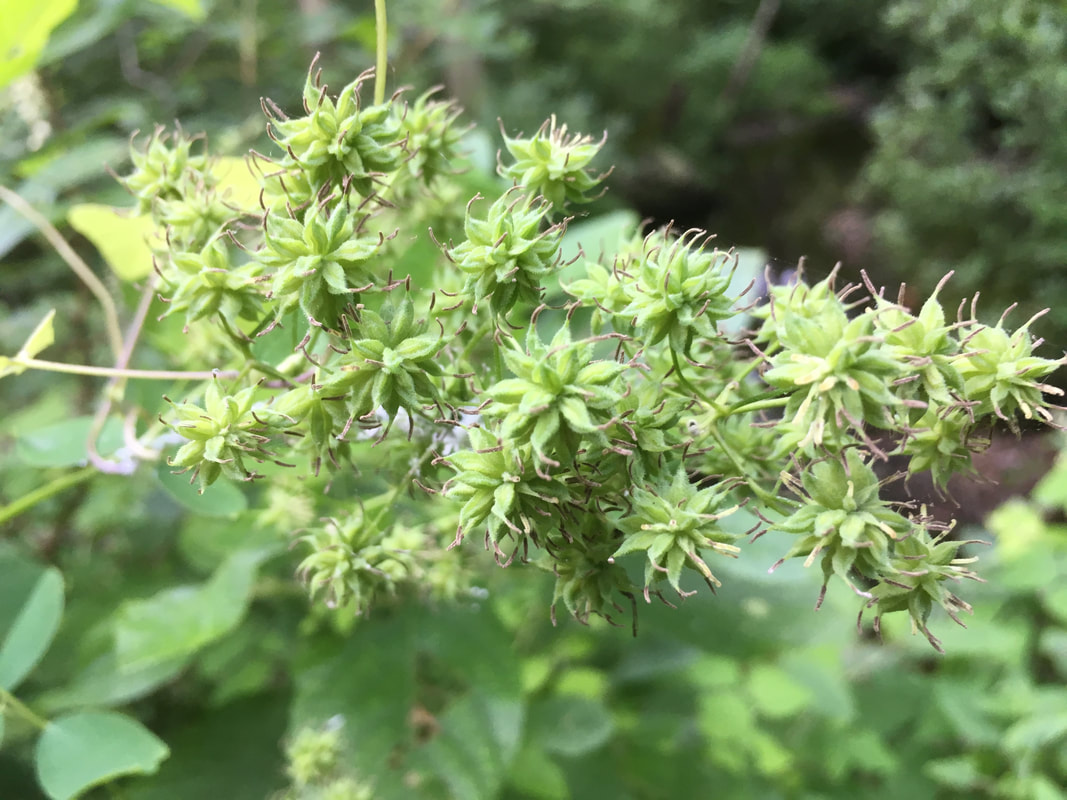
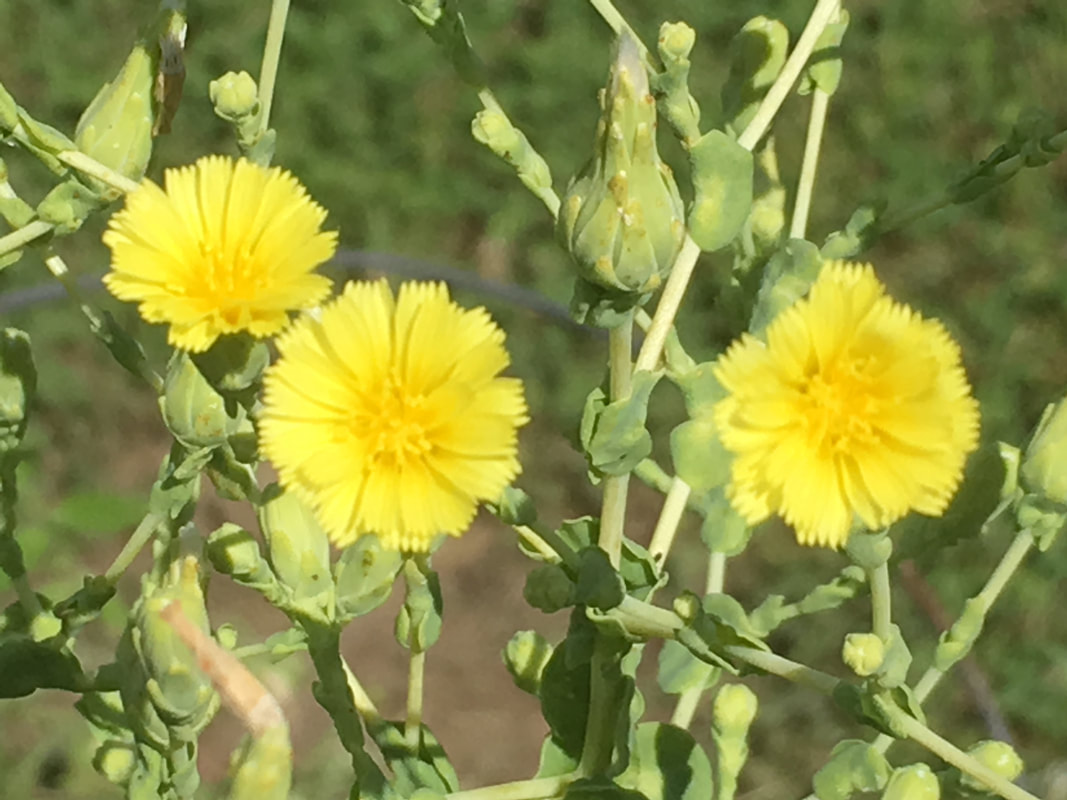
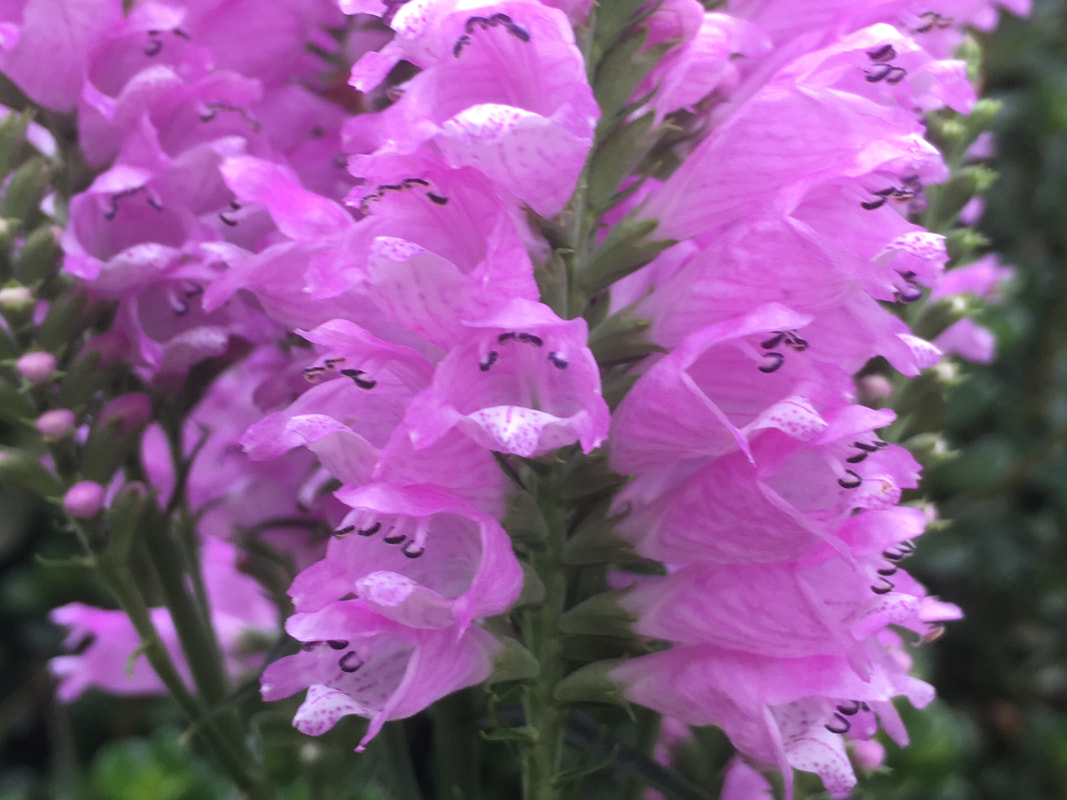
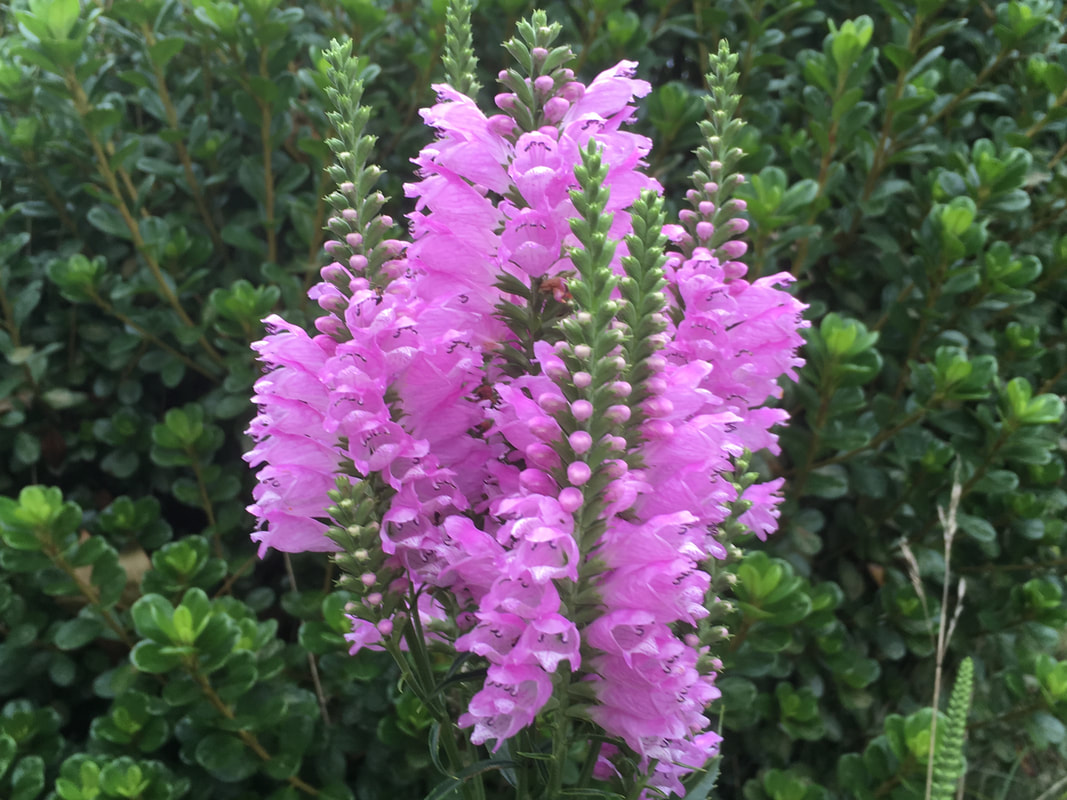
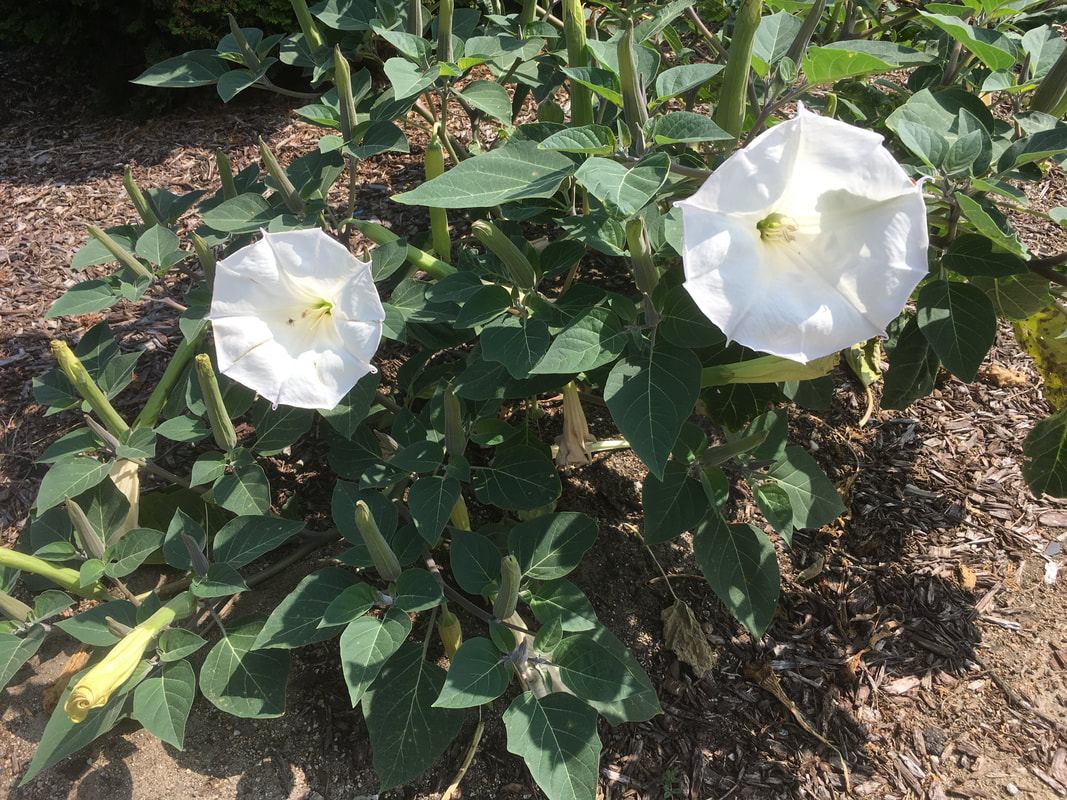
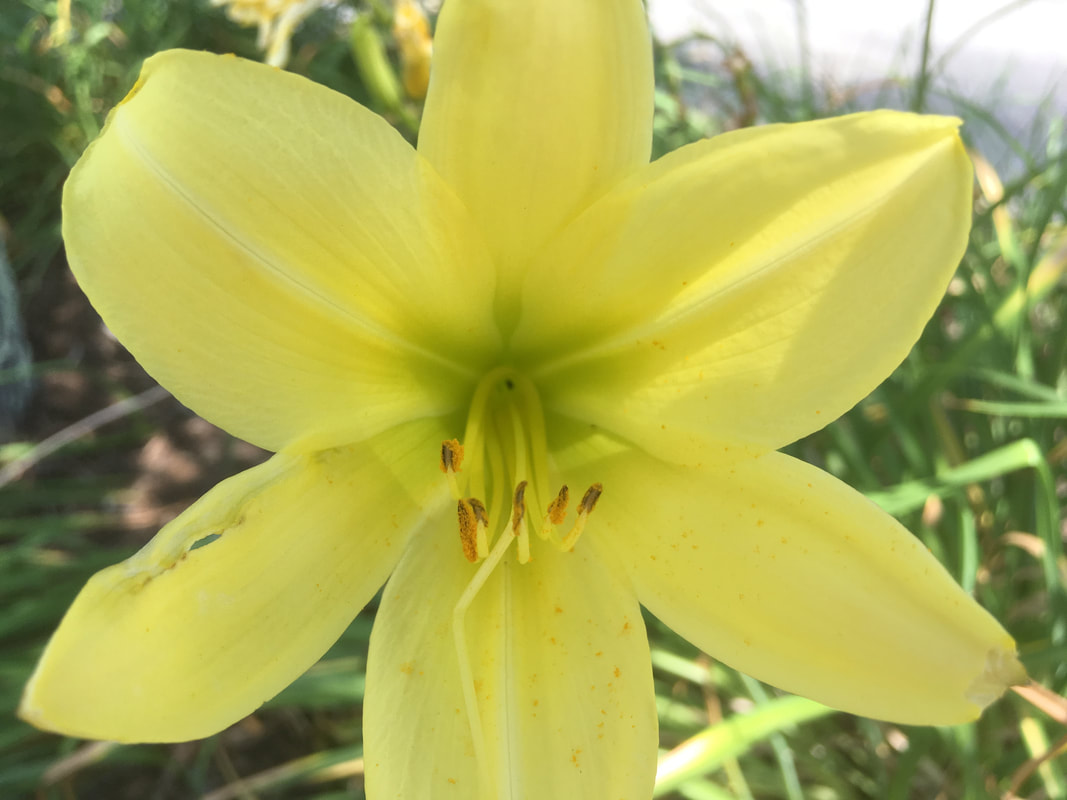
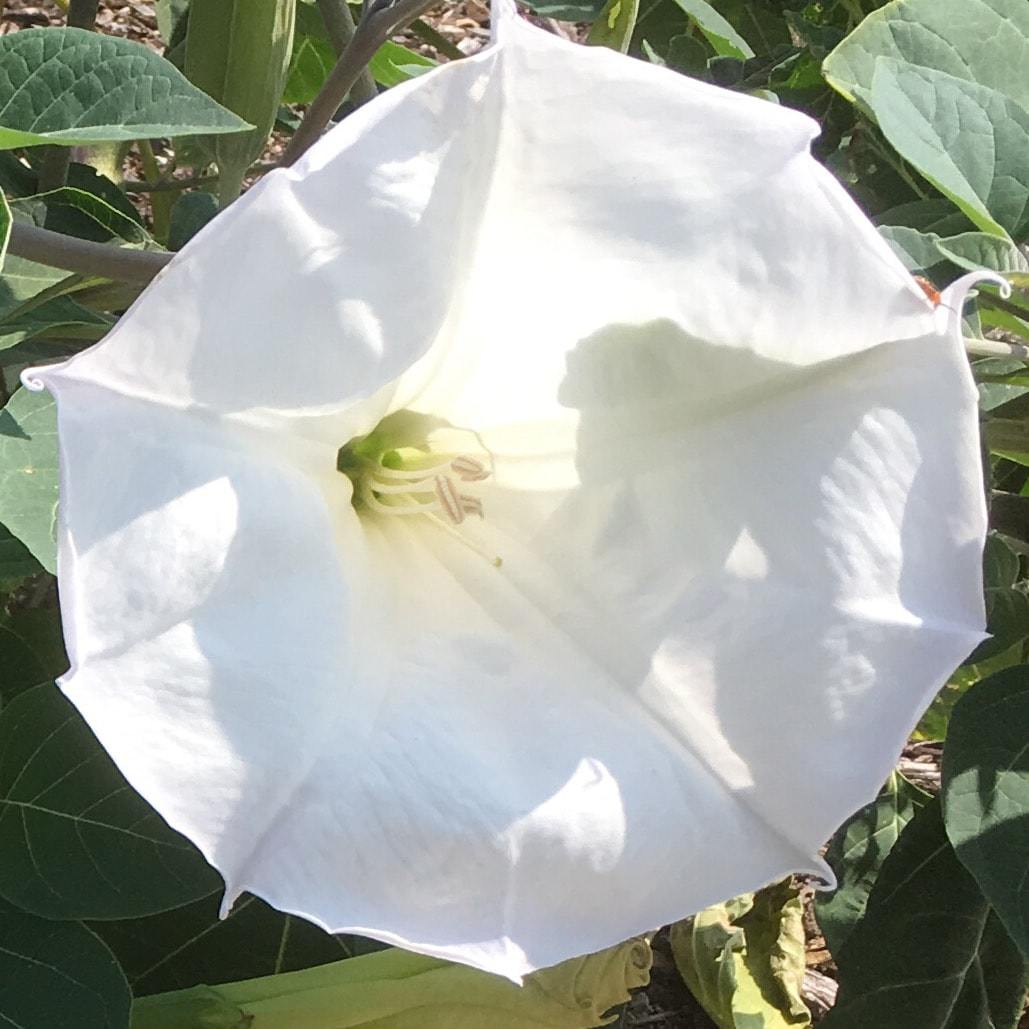
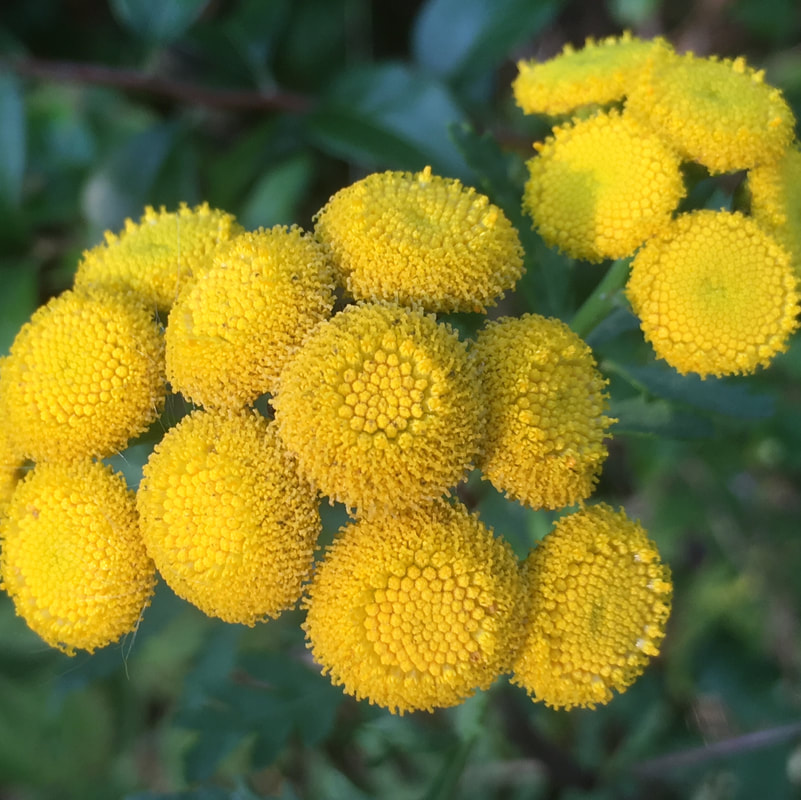

 RSS Feed
RSS Feed